As I See It with Bruce Helander – Canvassing the City
Jan 4, 2016
Nobody seems to know exactly when the very first murals came about, but there is sound evidence that around 30,000 BC in southern France primitive man began to draw images on cave walls, creatively documenting their lives and aspirations. Many ancient murals in Egyptian tombs from around 3000 BC have survived, as well as Pompeian walls unearthed in nearly mint condition after being hidden for hundreds of years by the eruptive ash of Mount Vesuvius, which allowed scholars and anthropologists a literal field day of exploration. Once humankind realized the communicative power of non-verbal, large-scale painted surfaces, the art of the mural became deeply embedded into our history and ongoing culture of public art statements. In modern times, the term became more well-known with the development of the Mexican muralism art movement of the 1930s, spearheaded by renowned artist Diego Rivera and later by a host of American artists hired by the Works Progress Administration (WPA), which spread public art (and money to artists) into urban communities across the United States.
Today, murals are important in that they bring art into the public sphere and generate excitement and visual appeal. Perhaps initiated by the graffiti artists, whose heyday was in the mid-1980s, murals have become a valuable and welcome addition to the metropolitan environment. Street art, fast and furious (and often illegal), played a key role in the acceptability of art on walls, whether commissioned or produced on the fly. Successful and respected artists like Keith Haring or Shepard Fairey started out by transferring their creativity from studio to subway. Due to the size, cost and effort involved in creating a mural, muralists often must be commissioned by a sponsor. Often it’s the local government or a business, but many murals have been paid for by grants of patronage from modern day Medicis. For muralists, their work gets a wide audience that otherwise might not visit an art gallery or museum.
More recently, CANVAS, an event billed as the nation’s largest outdoor museum exhibition, has taken the history and popularity of public art to an entirely different level. Artists from across the globe were invited by West Palm Beach gallerist Nicole Henry to create twenty dramatic, inspiring installations and murals on selected buildings’ bare walls, enhancing the infrastructure throughout the downtown arts district as well as a fascinating mural located under the Royal Park Bridge to Palm Beach. World-renowned artists participating in CANVAS include 2Alas, Bik-Ismo, Case, Cheryl Maeder, Greg Mike, Herakut, Jean-Luc Moerman, Jeremy Penn, José Bedia, Kai, Katja Loher, Kobra; Michael Dweck; Pastel, Registered Artist, Ron English, Sean Yoro (aka Hula), WRDSMTH and Zeus. Nicole Henry’s ambitions and challenging undertaking also was supported by some modern day Medicis, including the West Palm Beach Downtown Development Authority and Arts & Entertainment District, Community Redevelopment Agency, Discover the Palm Beaches, Lamborghini Palm Beach, Seminole Casino Coconut Creek, and CANVAS Art Charities, as well as numerous other community-minded sponsors.
The two week experience in mid-November was attended by thousands of visitors, and although the major events are over, the murals are here to stay for you to experience throughout the winter season and hopefully beyond. A chart of the handsomely embellished wall locations can be found at https://canvaswpb.org/, if you wish to go to a specific mural, but if you want a serendipitous scavenger hunt-like adventure you can start at the epicenter of CANVAS, Nicole Henry Fine Art (501 Fern Street, West Palm Beach, 561.714.4262, http://nicolehenryfineart.com/), grab a map and start meandering around downtown block by block on a memorable pictorial treasure hunt. These semi-permanent installations have brought an exciting and new contemporary art experience to the south Florida community as a kind of alfresco museum show, a de facto drive-in movie with 20 wide screens, or huge painted billboards without a commercial message that you can drive by or walk around. As you will see, these striking murals permanently have transformed the look of downtown with no admission ticket needed to boot, and have super-charged the entire inner-city atmosphere into an exciting environment of creativity that continues to enhance the vitality and growth of the West Palm Beach corridor.
A sampling of websites that have featured the CANVAS murals include – Palm Beach Post, Sun Sentinel, WPTV and WPBF.
Author

Bruce Helander
Bruce Helander is a former White House Fellow of the National Endowment for the Arts and is the former Editor-in-Chief of The Art Economist magazine. His columns on art, values, and investing in art appear regularly in The Huffington Post.

:sharpen(level=0):output(format=jpeg)/wp-content/uploads/2016/02/As-I-See-It-with-Bruce-Helander-Canvassing-the-City.jpg)
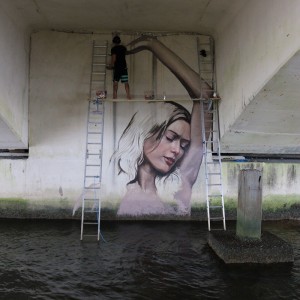
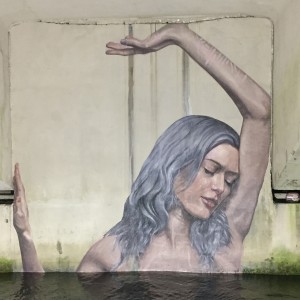
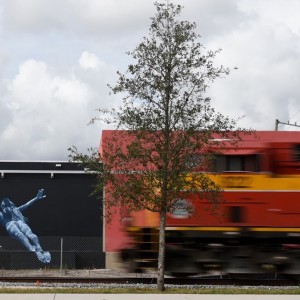
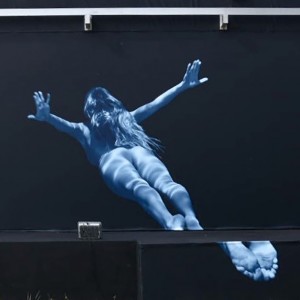
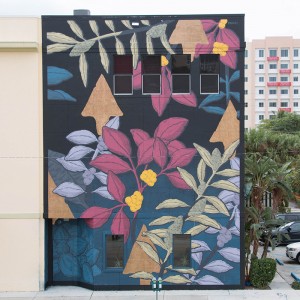
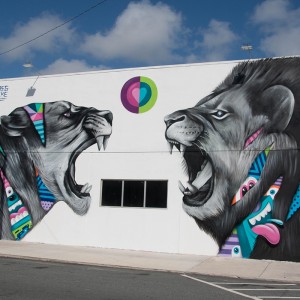
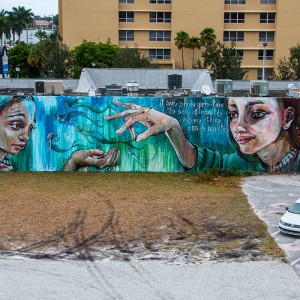
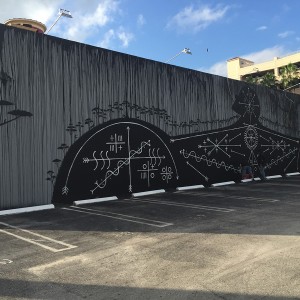
:sharpen(level=1):output(format=jpeg)/wp-content/uploads/2024/05/The-Art-Lawyers-Diary-1.jpg)
:sharpen(level=1):output(format=jpeg)/wp-content/uploads/2024/04/5-Questions-with-Bianca-Cutait-part-2-1.jpg)
:sharpen(level=1):output(format=jpeg)/wp-content/uploads/2024/05/20231208_164023-scaled-e1714747141683.jpg)
:sharpen(level=1):output(format=jpeg)/wp-content/uploads/2024/04/header.jpg)
:sharpen(level=1):output(format=jpeg)/wp-content/uploads/2024/04/5-Questions-with-Bianca-Cutait-part-1-1.jpg)
:sharpen(level=1):output(format=jpeg)/wp-content/uploads/2024/03/5-Questions-with-Alaina-Simone-1.jpg)